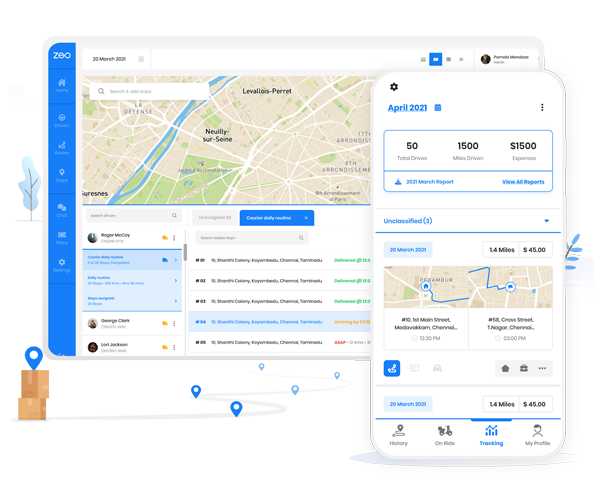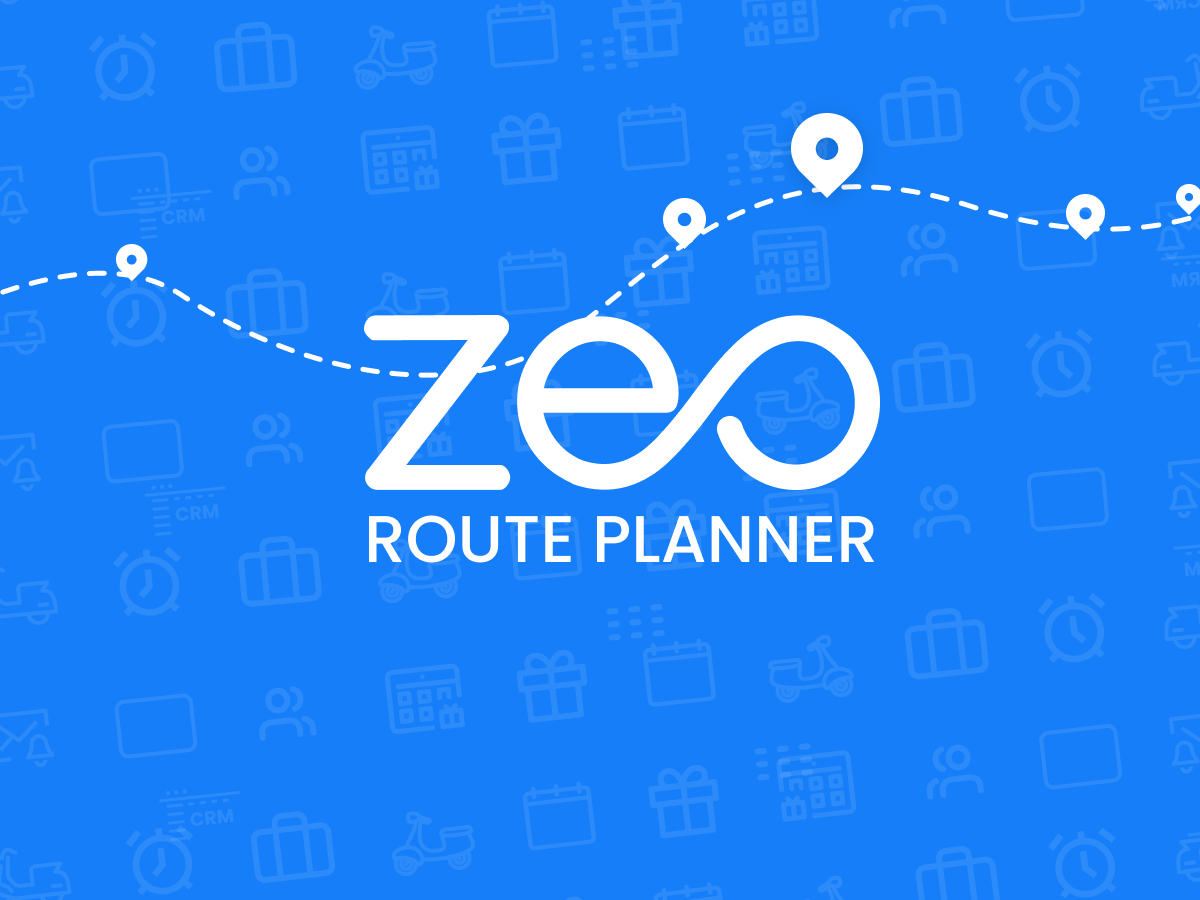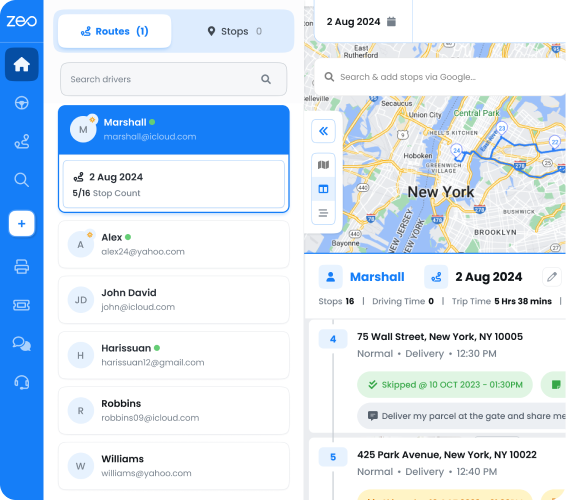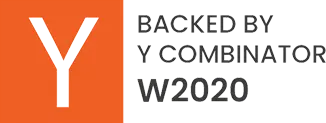Updated on: September 28, 2025
Delivery might look simple from the outside: get the product, send the van, drop it off. But when you’ve got hundreds of stops, a limited number of vehicles, and jams on the road with customers expecting 2‑hour time windows, things get out of hand real fast.
It’s in this situation that you need the Vehicle Routing Problem (VRP), which asks a simple question:
“What’s the most efficient way to assign deliveries across a limited set of vehicles while meeting all your constraints?”
You’ve got a fleet wherein each vehicle has limits: capacity, hours, and zones. Also, you have the customer stop within a specific time window or priority. Add in driver breaks, road conditions, and last-minute changes, and the planning problem becomes even more complex.
What VRP does is take all that chaos and run it through smart logic. Instead of one-size-fits-all routing, you get route plans that adjust to reality. As a result, you have fewer miles, less backtracking, and tighter schedules that your team can actually follow.
Let’s explore this further.
Where You Run Into the Vehicle Routing Problem in Real Life
In the logistics business, there are instances where you may need to use VRP. Below, we’ll highlight those briefly because when the delivery setup becomes complex, the simple planning won’t be enough.
Once you know you’re facing a VRP challenge, the fix lies in implementing better logic. And that’s where optimization comes in to offer operational advantage.
Below are the core ways real routing systems handle VRP in the field. These act as workflows for improvements that keep routes lean, drivers sane, and deliveries on track.
- Scheduled Deliveries With Tight Time Windows
What happens when 80% of your customers request their packages between 9:00 AM and 11:00 AM? You’d need a solid route logic.Most teams build routes based on distance or number of stops, and then try to squeeze in time constraints after the fact.
That’s a guaranteed way to miss windows.
Solving this through VRP means time becomes a first-class constraint, not an afterthought. A time-window–aware routing system will:
- Start from customer availability, not proximity
- Calculate realistic ETAs based on actual driving time and buffer windows
- Include stop-level service time, since a 3-minute drop-off isn’t the same as a 20-minute setup
- Distinguish between hard windows (must deliver in this slot) and soft windows (some flexibility), and schedule accordingly.
- Handle overlaps, where multiple customers want overlapping delivery windows in the same zone
In practice:
Imagine dispatching 30 orders, with 18 requiring strict timing. Instead of building around geographic clusters, you prioritize windows and let the software sequence around those constraints. That’s how time stops being a blocker and starts driving smarter routing. - Managing Deliveries From Multiple Hubs or Depots
If you’re operating out of multiple warehouses across the city and even the outskirts, then the question is not limited to the best route. The focus shifts to determining which vehicle should start from which depot and how to split the load so that everyone is covered efficiently.increase fuel savings
Save $200 on fuel, Monthly!
Optimize routes with our algorithm, reducing travel time and costs efficiently.
Get Started for FreeWith a multi-depot VRP that considers depot selection, vehicle assignment, and territory balancing as a single unified problem, rather than three separate spreadsheets.
In a well-optimized setup:
- Depot-to-customer matching is based on actual road proximity and vehicle availability, and not just zone ownership
- Vehicle capacity and working hours are calculated from each depot’s inventory and driver shift start time
- Customer clusters are dynamically formed to avoid overlapping coverage or long empty return trips
- Backhauling or mid-route returns can be scheduled if needed (e.g., dropping off one load, coming back for another)
In practice:
Say, you’re dispatching 200 deliveries across three major zones. Now, instead of splitting them evenly by depot, a VRP-optimized engine checks which depot can reach a customer faster at that time of day, how much each truck can carry, and where traffic is likely to bottleneck. - Handling Dynamic, On-Demand, or Same-Day Orders
A stable delivery setup will have routes planned once a day (typically) before the start of operations. But the teams dealing with unpredictable order volumes, such as those in food delivery, pharmacy delivery, or urgent field repair, may find that the model breaks down very quickly.Also, it suggests that there’s a need for continuous route re-optimization. And that’s where you need the dynamic VRP model, which is about planning under uncertainty.
You may receive orders in real-time, but what about the delays due to the driver’s unavailability or cancellations from the customer’s end? For these, you’ll need your routing system to adapt to all of it without requiring a complete overhaul or overwhelming dispatchers.
And so, the dynamic VRP setup will eventually —
- Help continuously re-optimize active routes when new orders enter the system
- Preserve valid parts of a route to avoid unnecessary reshuffling
- Make use of driver availability, vehicle capacity, and real-time location data to assign orders efficiently
- Automate decision-making to minimize dispatcher intervention
Why Zeo Route Planner Is Built for the Vehicle Routing Problem
If you’re in logistics, field services, or last-mile delivery, then solving the Vehicle Routing Problem will be your daily work. Thankfully, Zeo Route Planner has this covered with that exact pressure in mind.
You can use Zeo to solve real-world routing complexity across both mobile and web. For dispatchers and planners alike, it works to remove the manual load of sequencing, assigning, and adapting routes.
Even drivers benefit from it, as they receive routes that they can actually follow without guesswork or backtracking.
In all, you get —
- Quick setup with zero-code configuration: Yes! You can simply start routing in under 15 minutes with nothing more than a spreadsheet.
- Real-time adaptability: In case of new orders, Zeo adjusts mid-route without needing to rebuild everything from scratch.
- Stop assignment with fleet visibility: Zeo lets you assign or reassign stops across drivers based on proximity, capacity, and status.
- Proof of delivery & live tracking: Dispatchers stay in the loop, customers stay informed, and teams move smarter.
Try Zeo Route Planner and see how your routing improves—without rewriting your entire ops stack.
Sign Up for a Zeo Route Planner

Are you a fleet owner?
Want to manage your drivers and deliveries easily?
Grow your business effortlessly with Zeo Routes Planner – optimize routes and manage multiple drivers with ease.

increase fuel savings
Hassle Free Deliveries & Pickups!
Optimize routes with our algorithm, reducing travel time and costs efficiently.
Get Started for Free

























